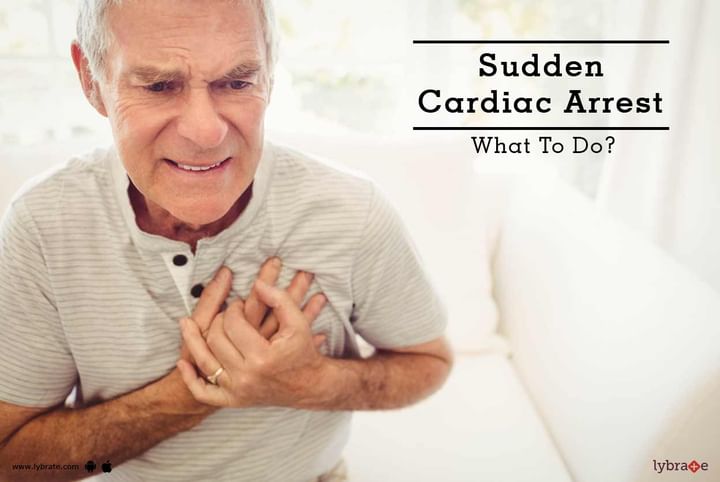Sudden Cardiac Arrest - What To Do?
Cardiac arrest is reported to be the number one cause of sudden death for people over the age of 40. As it strikes fast and usually without prior warning, it usually leaves no time for getting help to the patient. Many lives can be saved if the necessary first aid is given immediately by people who know what to do in case of a cardiac arrest.
So, first let us know about the signs of a cardiac arrest:
1. Loss of consciousness: A person may feel dizzy, sweat, faint or collapse suddenly. You can tell if someone has just fainted and not had a cardiac arrest if they are still breathing or have a pulse.
2. No breathing
3. No pulse
Now that you have recognized the signs; here is what you can do:
1. Call the ambulance and try getting an emergency medical professional to attend to the person.
2. If professional help isn't available, emergency resuscitation measures must begin.
3. Currently hands only CPR is recommended which needs chest compressions alone without any interruption for breathing support.
4. Chest compression are done by kneeling on the side of the victim. Place the heel of one hand on the center of the chest, place the heel of the other hand on top of the first hand, and then interlocked your fingers together. Position your body so that your shoulders are directly over your hands, and keep your elbows straight. Push hard, push fast. Use your body weight to help you administer compressions that are at least 2 inches deep and delivered at a rate of at least 100 compressions per minute. (Just be sure to let chest rise completely between compressions). Continue hands-only CPR until you see obvious signs of life, like breathing, another trained responder or medical professional can take over, you're too exhausted to continue, an AED becomes available.
5. An automated external defibrillator (AED) can rapidly determine whether the person has an abnormal heart rhythm that can be treated by an electric shock (called defibrillation). AEDs are available in many public places, such as malls, metro station, and movie halls. If available an AED is used before attempting cardiopulmonary resuscitation (CPR) because an AED is more likely to save lives. If the AED detects shockable rhythm (ventricular fibrillation or ventricular tachycardia), it provides an electrical shock (defibrillation) that can restore normal heart rhythm and start the heart beating again. If a person remains in cardiac arrest after an AED is used, CPR should be continued.
6. Emergency medical care should be obtained even if the heart has started beating again.



+1.svg)
